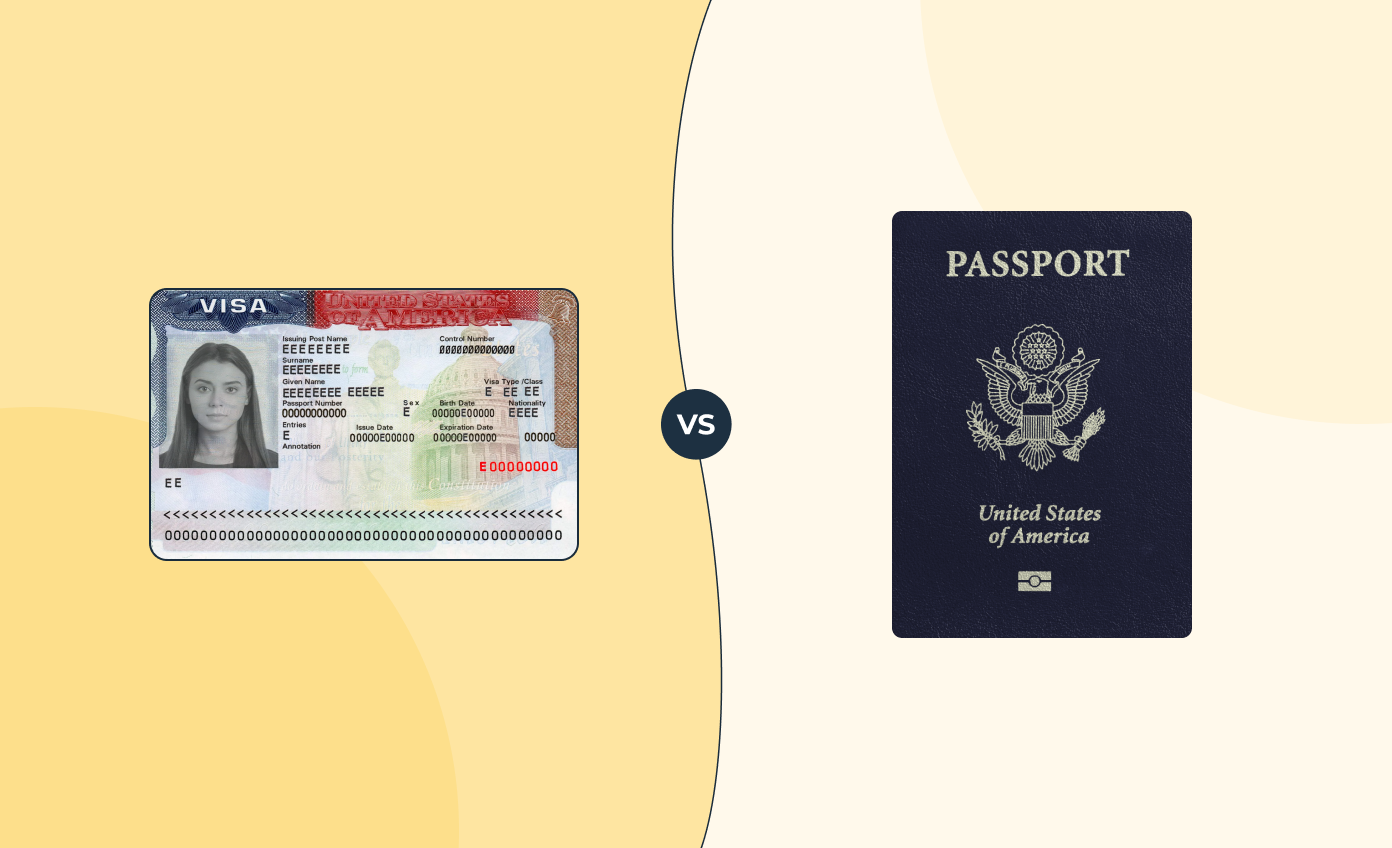Are you planning a trip abroad and unsure about the difference between a visa and a passport?
In this post, we’ll break down the key distinctions between these two travel documents.
Get a compliant passport photo in 3 minutes with PhotoAiD’s passport photo maker.
- Upload or take a photo.
- Let the PhotoAid Al check and fix it.
- A compliance expert will verify the result.
- Download or order a print. Done!


Get a digital passport photo or order prints with help from PhotoAiD®
100% acceptance, expert verified
2x money-back guarantee
3 minutes and done
11,000,000+ happy users
I was pressed for time and couldn’t get hold of a photographer. I found PhotoAiD, took a selfie, uploaded it, and had a compliant passport photo almost instantly. Getting a photo for my baby girl was a breeze, too!
You might also be interested in:
- What Is a “Type P” Passport and How to Get It?
- What Is a Passport Biographic Page? [Explained]
- US Passport Colors [Blue, Black, Gray, and Maroon]
- Passport Place of Issue: What Is It and Where to Find It
- Can You Fly with an Expired Passport? [2024 Guide]
- How Much Does a Passport Cost?
Visa vs. Passport: Key Differences
Looking for a quick comparison? We’ve got you covered—
Check out this infographic to learn how passports and visas differ, and read on for a detailed breakdown.
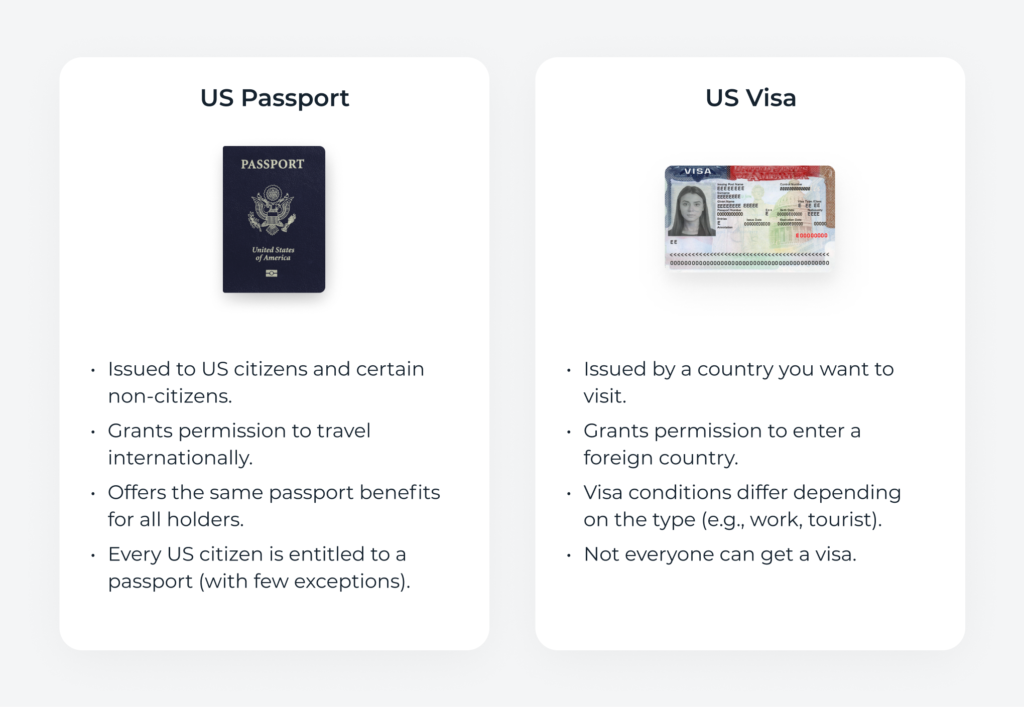
What’s a Visa?
A visa is an endorsement from a foreign country that allows entry under specific conditions.
Visas come in various types depending on the purpose of your visit:
- Work visa: For legal employment in the country.
- Student visa: For studying abroad.
- Tourist visa: For sightseeing and short visits.
- Partner visa: For joining a partner living abroad.
- Transit visa: For connecting flights requiring airport exit.
Visas can be issued in different formats, including stamps in passport books, separate ID cards, or standalone documents.
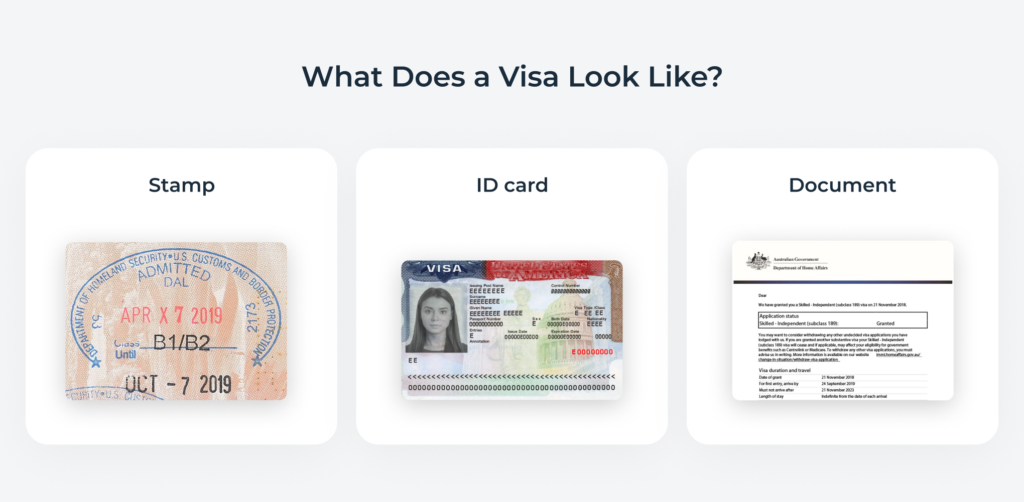
What’s a Passport?
A passport is an official document issued to citizens and certain non-citizens, enabling them to travel internationally. Typically, passports are compact booklets that include personal information such as your name, date of birth, and a biometric photo.
In the US, there’re four types of passport colors, each serving a different purpose. In most cases, however, citizens receive the standard Type “P” passport (blue), which can be used for personal travel.
Americans also have the option to apply for a passport card—a wallet-sized passport convenient for travel to several neighboring countries. Our guide explains the differences between a US passport book and a card in detail.
Pro tip: US citizens don’t always need passports to travel abroad. See which countries you can visit without a passport.
Trivia facts about US passports:
- The Department of State issues all US passports.
- They’re valid for 10 years or five years for minors.
- The application process takes 6–8 weeks.
- The passport index rating of a US passport is one of the highest, with a mobility score of 172.
- The cost of a passport book is set at $165 (first passport) and $130 (passport renewal).
Do I Need a Visa If I Have a Passport?
If you already have a passport, you might wonder if it’s enough to travel abroad. It depends on:
- Your destination
- Purpose of your trip
- Duration of the stay
A passport is usually enough to travel to Mexico or Canada for a short time. However, moving to New Zealand for work or enrolling at a European university will require a visa.
In a nutshell:
Short-term trips: A valid passport is usually enough
Longer trips or relocation: You’ll need a visa.
Thanks to the visa-waiver program, US passport holders can travel to 116 visa-free countries and another 49 by applying for a visa-on-arrival. You can find a list of these countries in the blue tab of the US passport dashboard.
Still, for some destinations, you must apply for a tourist visa or an electronic travel authorization (eTA).
That’s why it’s always a good idea to check the specific entry requirements of your destination before you travel to ensure you have the necessary documentation.
Countries that require a visa
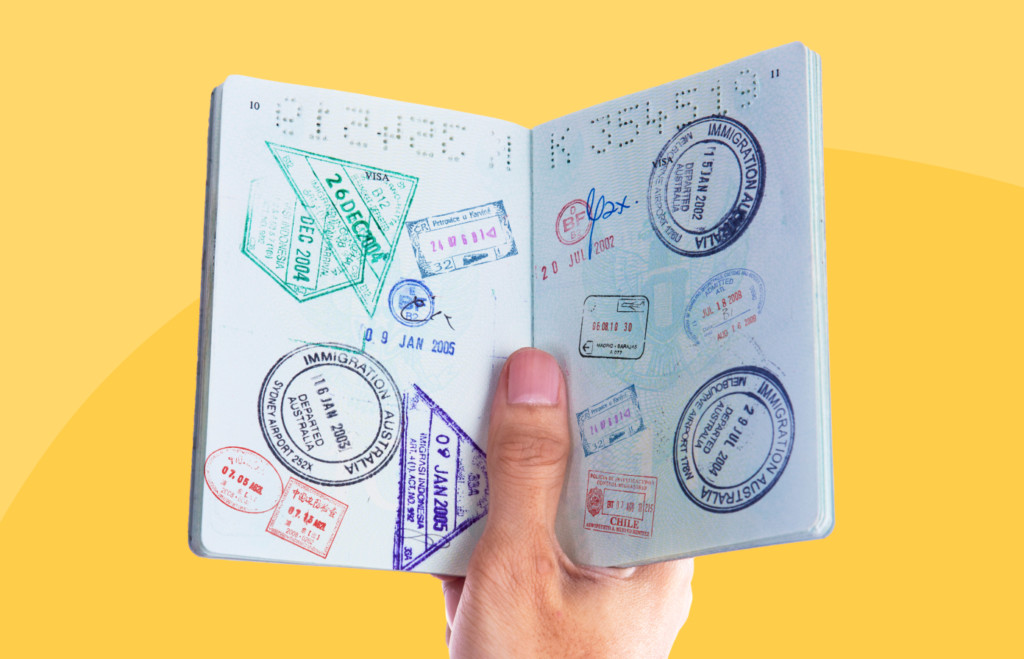
You need a visa to visit:
- Afghanistan
- Algeria
- Australia (eTA)
- Belarus
- Benin
- Bhutan
- Cameroon
- Central African Republic
- Chad
- China
- Congo
- Eritrea
- Ghana
- Iran
- Ivory Coast
- Kenya (eTA)
- Liberia
- Libya
- Mali
- Myanmar
- Nauru
- New Zealand (eTA)
- Niger
- North Korea
- Pakistan (eTA)
- Russian Federation
- Seychelles
- Sri Lanka (eTA)
- Sudan
- Syria
- Turkmenistan
- Venezuela
- Yemen

How to Get a Visa
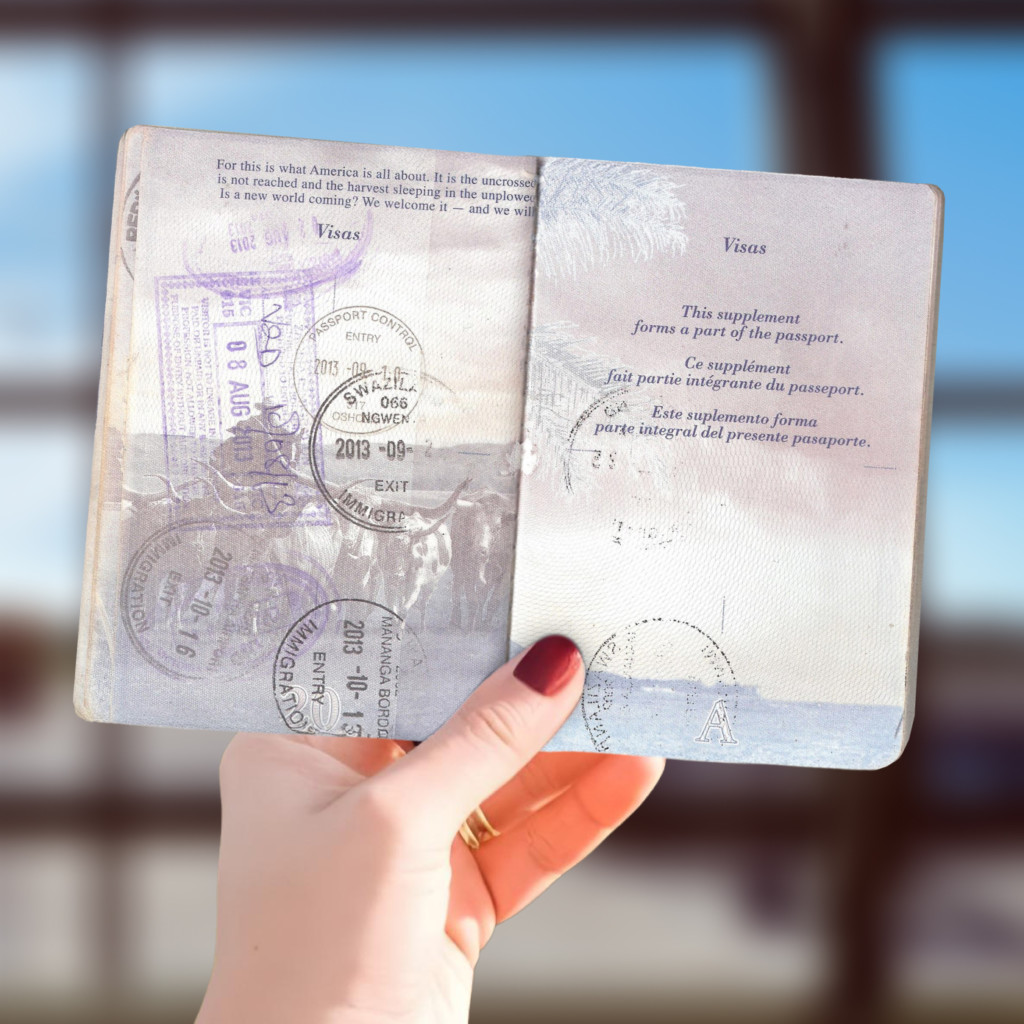
Visa applications vary by country and visa type.
Here are several common steps you can expect when applying for a visa:
- Eligibility check: Verify your visa eligibility and ensure you meet all requirements.
- Application method: Most countries require online applications through their portals. Some may require a visit to an embassy.
- Valid passport: If yours is about to expire, see how to renew your passport by mail.
- Compliant photo: Submit a picture compliant with visa requirements. These vary by country.
- Application form: Fill out the form with personal details and, sometimes, your residency history.
- Criminal record: Truthfully answer questions about your criminal record. If you’ve been convicted, disclose it.
- Application fee: Pay the required application fee.
For assistance with your visa photo, download the PhotoAiD® app for iOS or PhotoAiD® for Android. Take a self-portrait, and our photo experts will verify it against the official visa requirements for your chosen country, ensuring full compliance.
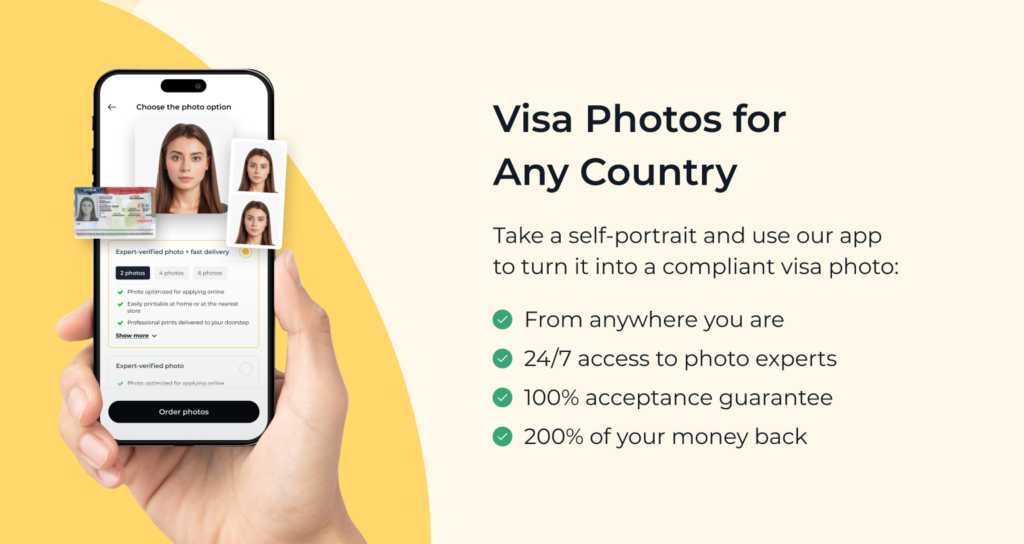
PS. You don’t have to download our app. You can also snap a photo and upload it using the button below.
FAQ
Is a visa the same as a passport?
Is it better to have a visa or passport?
What’s the purpose of a visa for international travel?
What’s the travel document number on a visa?
Do I need a passport to travel within the US?
– Passport card
– Enhanced driver’s license
– State-issued photo ID
– Trusted Travelers Cards (NEXUS, SENTRI, or Global Entry)
– Permanent resident card
When do you need a visa to travel?
– If your destination country requires a visa to enter.
– To work, study, or live abroad (permanently or semi-permanently).
– To transit through a foreign country (e.g., to catch a connecting flight requiring airport exit).
– To join a family member living abroad.
Sources:
- https://diplomacy.state.gov/who-issues-your-u-s-passport/
- https://www.passportindex.org/passport/united-states-of-america/
- https://www.congress.gov/bill/114th-congress/house-bill/158/text
- https://www.tsa.gov/travel/security-screening/identification
- https://www.dhs.gov/real-id

Sylwia is a skilled writer with a BA in English Studies and an active SPJ member. For nearly three years now, she’s been writing captivating articles for international companies, turning her lifelong passion into a career.
